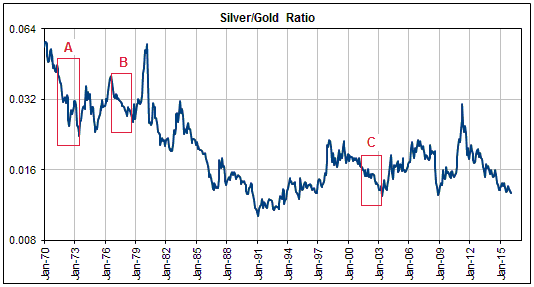It’s amazing how much time and effort is spent by some analysts in attempting to track the movements of gold between locations. It’s amazing because such analysis provides no useful information about price, that is, such analysis has no practical value for speculators and investors.
Regardless of whether the gold price is in a rising trend or a falling trend, some parts of the world will be net buyers and other parts of the world will be net sellers. Furthermore, the amount of gold being shifted between sellers and buyers could rise or fall during a rising price trend or a falling price trend. To put it more succinctly: transaction volume does not indicate price direction.
Consequently, even if it were possible to track all of the movements in gold that were happening throughout the world every day, the resulting data would not provide reliable clues about the future change in the gold price. In fact, the data wouldn’t even do a good job of explaining past changes in the gold price. And in any case, accurately tracking the movements of gold is not remotely close to being possible.
A common mistake is to fixate on the gold being stored in LBMA and COMEX inventories, as if these publicly-reported warehouse stocks represented the total amount of privately-held gold in saleable form. A related mistake is to assume that when gold is shifted out of a publicly-reported inventory it has effectively been taken off the market and is no longer part of the available supply.
In reality, the bulk of the world’s privately-held gold in readily-saleable form will NEVER be part of a publicly-reported inventory. That’s due to the perceived nature of gold. Many people own gold for store-of-value or financial-safety purposes and do not want to report their ownership, especially to governments. On a related point, just because gold has been removed from an LBMA or a COMEX warehouse and can no longer be tracked by the likes of Gold Fields Mineral Services (GFMS) does not mean that the gold is no longer part of the supply-demand equation. It is still available; it’s just that you, the analyst, have no way of knowing where it is.
Gold-market analysts should accept reality and stop pretending that the supply of gold is limited to the amount that they can pinpoint.
 Print This Post
Print This Post

